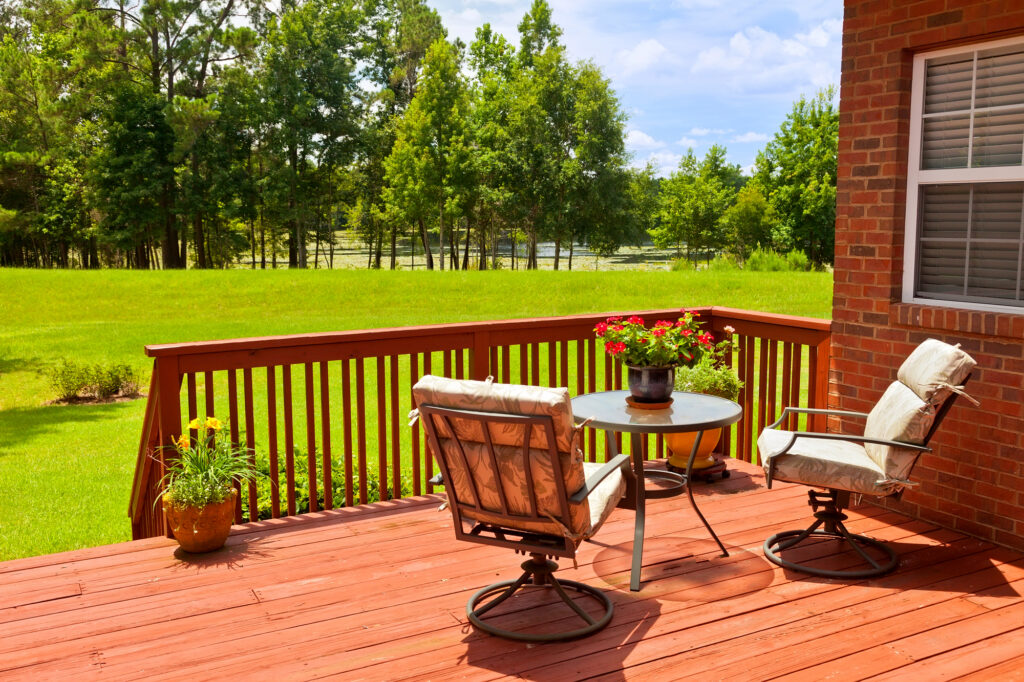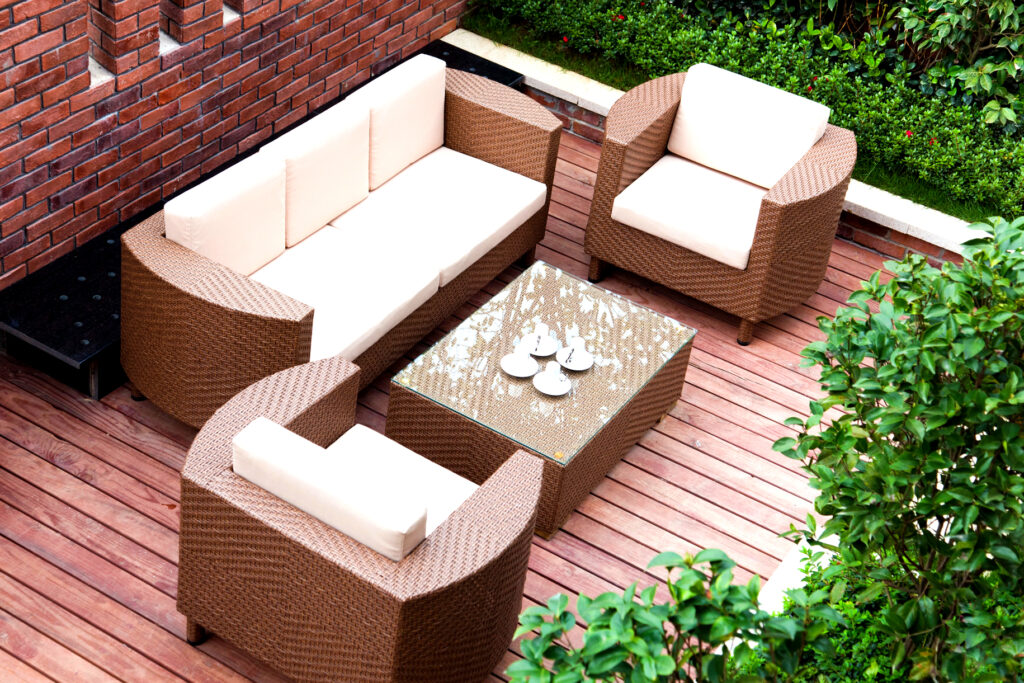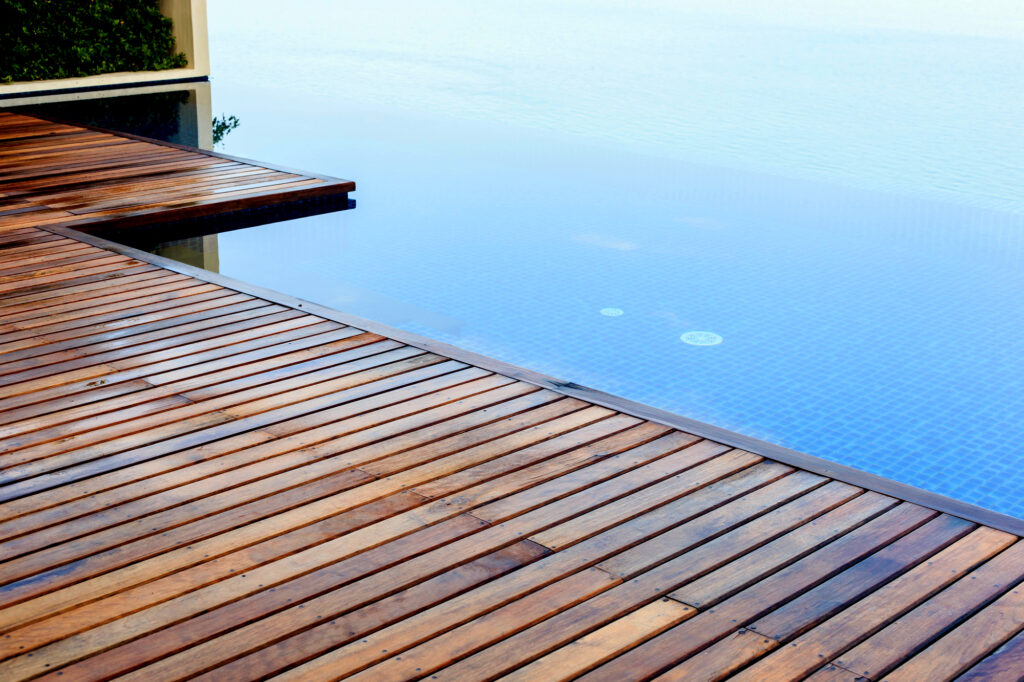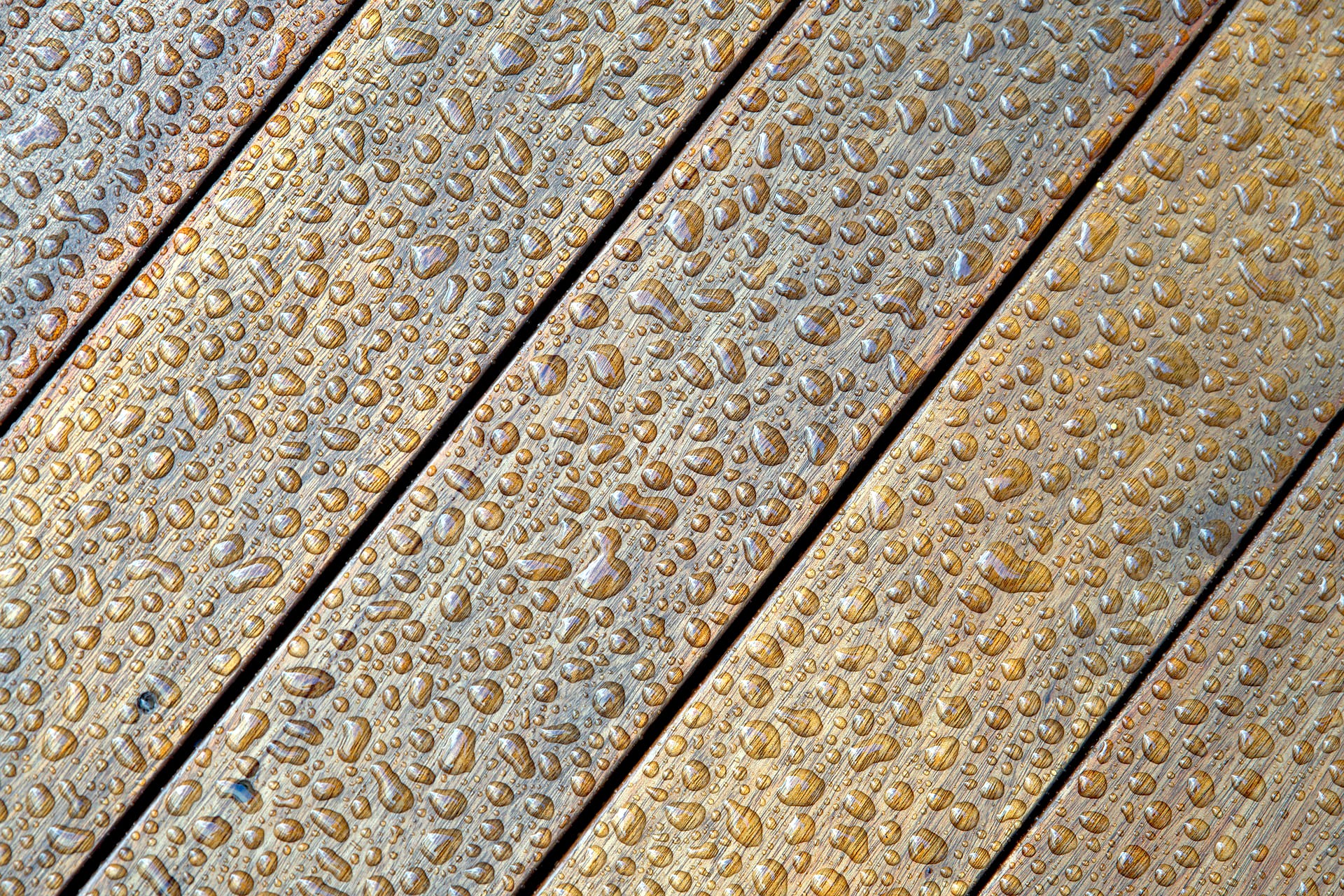Your outdoor deck isn’t just an extension of your home; it’s a gathering place, a spot for relaxation, and a space that sees its fair share of foot traffic and exposure to the elements. Naturally, all that wear and tear means your deck needs proper care to stay in top shape.
Preventative maintenance is essential to preserving your deck’s beauty and longevity. Not only does this increase its lifespan, but it also boosts curb appeal, potentially adding value to your home.
A well-maintained deck will continue to look stunning year after year. Keep reading to learn more, or give us a call at (02) 8425 8999 for a free quote on our deck sealing services.
The Importance of Coating Your Outdoor Deck

After a long, hot summer, your deck may be looking a little worse for wear. Before the colder, wetter months arrive, now’s the perfect time to think about refreshing it.
As experienced deck and floor sanders in Sydney, we recommend inspecting your outdoor timber before sanding and coating. Check that all screws are sitting about 3 mm below the surface and ensure your deck boards are in good condition. A careful inspection, especially where your deck connects with the ground or another surface, will save you headaches down the road.
Cleaning your deck thoroughly once a year is crucial. The best approach is to use soapy water and a brush, followed by a low-pressure cleaner to remove grime and dirt buildup. After cleaning, sanding is essential before applying any coating.
Always sand in fine weather using a belt sander, palm sander, and sanding sponge—and don’t forget to wear a respirator mask for safety.
For coating, there are several options available. Most are either water-based or oil-based, and while many are clear, some come with colour tints. Remember that any coloured deck sealer will fade over time because of sun exposure.
A solid, protective layer over your deck is non-negotiable. Without it, your decking will be prone to rot, especially with exposure to rain and other elements. Unlike internal coatings, outdoor deck coatings don’t last as long and need to be reapplied annually.
“How much deck oil do I need” is a question we get asked a lot. This depends on the species of hardwood your deck is made of and the environmental conditions it is exposed to. Ideally, two coats of decking oil every 12 months should do the trick and keep it looking fresh.
Decking Oil vs Stain vs Sealer: Difference Explained

Each of them offers similar properties; they’re all meant for different applications and wood types. Stains and sealers will give you the same level of protection. The main difference is that stains will add a tint to the wood surface while sealers won’t.
As the name suggests, “stain” refers to any product that contains a colour pigment meant to change the appearance of the deck. For this reason, some pigmented “oils” are often marketed as “stains”, and you also have clear variants designed to preserve natural wood tones.
The main differences between outdoor decking oil, stain, and sealer lie in their purpose and composition:
- Oil: Penetrates deep into the wood, enhancing its natural grain and providing water resistance. It’s excellent for preventing cracking but won’t dramatically alter the wood’s colour. If you want to keep your timber’s natural appearance intact, decking oil is your go-to.
- Stain: Adds a layer of colour while still offering some protection. It’s available in a wide range of shades, making it ideal if you want to give your deck a new look while protecting it from UV damage. However, stains don’t penetrate as deeply as oil does.
- Deck sealer: Forms a protective top layer on the wood, guarding against moisture, mildew, and UV rays. A deck sealer with UV protection is especially useful in sunny areas. Unlike stains, sealers don’t change the colour of your deck, but focus solely on creating a durable barrier against the elements.
A key tip—if you opt for a stain, skip the sealer. Applying sealer over stain can lead to a streaky, uneven finish. Instead, stick to one product for a clean, polished result.
When You Should Use Deck Sealant

If preserving your deck’s natural colour is your priority, a clear sealer is the way to go. For instance, opting for a colourless exterior timber sealer will help delay weathering and fading, though you’ll need to reapply it every season or two for optimal protection.
But if you’re looking to enhance your it with something like a natural cedar or redwood tint, then stain is a better choice. Both will require re-application every year or two in order to maintain the original look.
Sealers are perfect for high-quality woods like timber cedar, teak, and mahogany, where showing off the natural grain is a key part of the deck’s charm. Here are some ideal conditions for using a deck sealer:
- Initial protection: New decks benefit from sealant application to protect against moisture, mildew, and UV rays from the start. It’s best to wait a few months after installation to allow the wood to dry before sealing.
- Restoration: After cleaning or stripping your deck, applying a sealer helps maintain the newly exposed wood.
- Seasonal protection: Applying a sealer before rainy seasons or harsh winters protects against water damage and mould. Sealing before summer also guards against UV rays.
- Maintenance: When water no longer beads on the deck’s surface or the wood looks dry, it’s time for a new coat of sealant—usually every 1-3 years.
- Extra protection: For patios that see a lot of traffic, sealant adds an extra layer of protection against wear and tear.
Professional Deck Sealing Services
Maintaining your deck’s beauty and durability requires regular upkeep, and professional sealing ensures it’s done right. Contact us today for expert advice on using an outdoor timber sealer and other products, or a free quote.
We offer professional sanding, polishing, and deck sealing services across Sydney to keep your outdoor space in perfect shape.



